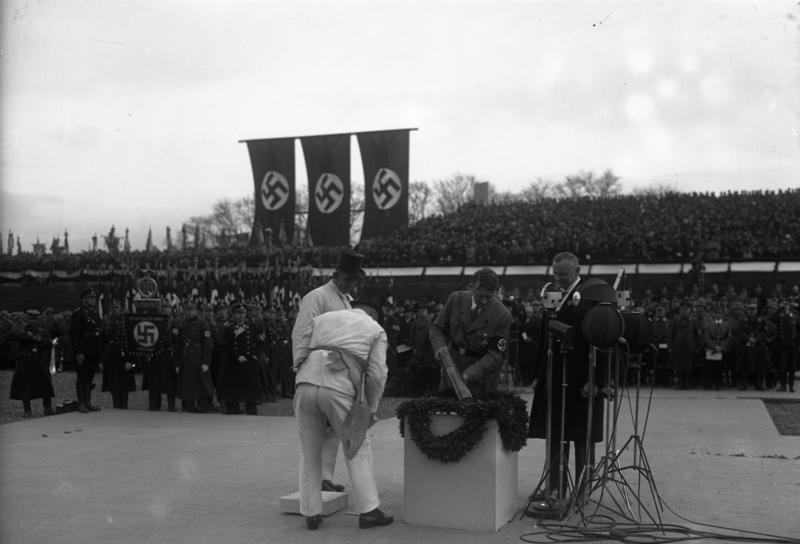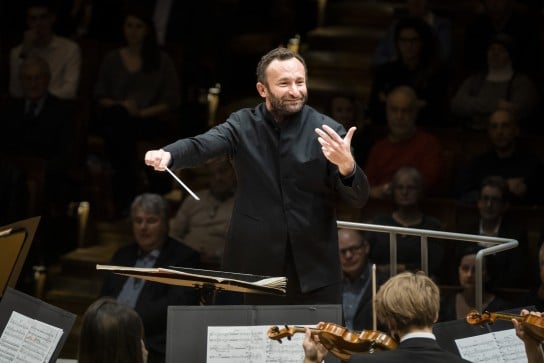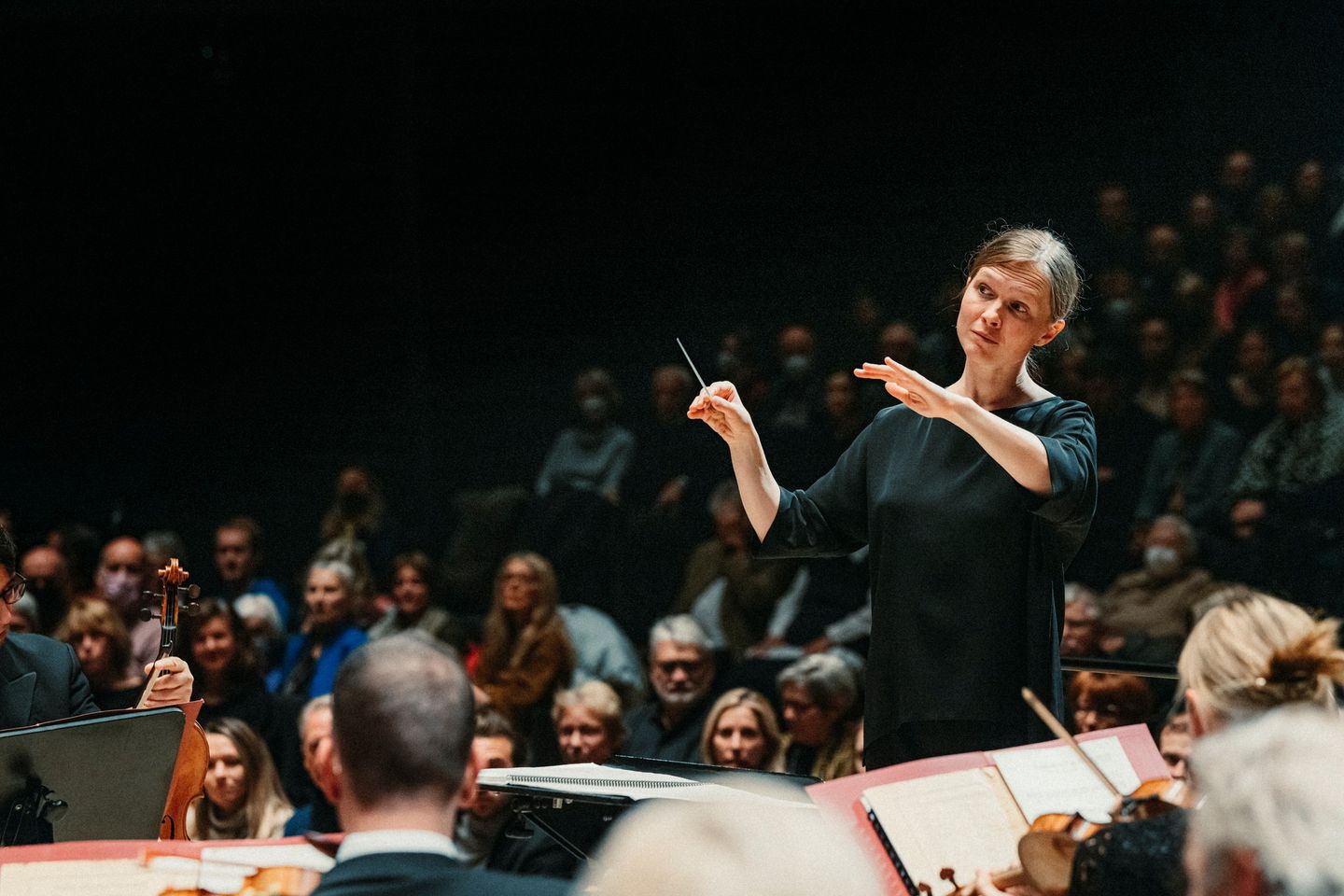Leipzig is torn by Nazi-style Wagner monument
mainLeipzig’s City History Museum and Richard Wagner Association have purchased a monument by the sculptor Emil Hipp, whom the new owners say was not a Nazi.
The facts indicate otherwise.
Read on here.

Hitler inaugurates Hipp monument





He was not a Nazi in much the same way that the more notorious Brecker and Thorak were not officially Nazis but they still created exactly the sort of trashy sculpture, images of perfect Nordic specimens that Hitler and his cronies adored. It’s easier for Leipzig to get away with the lightweight Hipp than it would have been if they had gone for something by one of his better known contemporaries.
Could someone translate this from German to English?
In 1936, on the anniversary of Hitler’s Beer Hall Putcsh, a bronze statue of Mendelssohn in Leipzig was melted down so that the metal could be used for the gigantic Wagner monument which was to be almost 500 meters across. The costs were so high, that Hitler agreed to pay for it as a “monument to the German people.” The Mayor of Leipzig resigned in protest. He later became a resistance fighter, was captured, and executed in 1945.
Hitler personally laid the foundation stone for the monument.
The work that Hipp completed was never shipped to Leipzig due to difficulties caused by the war. In 1945, after the war ended, the city of Leipzig said it no longer wanted the monument. In 1954, the marble and reliefs that had been completed were repossessed by the marble supplier due to non-payment. Plans were made for the reliefs to re-worked into something else. Hipp, who had worked on the monument for 12 years was aghast, but lacked the funds to buy back his work. After the war, he had be fired from his professorship in Weimar due to his Nazi associations.
The completed reliefs were sold and scattered around Germany. A physician in Rosenheim, for example, had a couple of these multi-ton monuments in his garden. Two reliefs from this planned monument, were purchased by the City of Bayreuth in 1976 and placed on the city walls. There was much controversy, but supporters of the monuments won the debate.
Hipp was known for other Nazi art, especially reliefs with the idealized portrayal of the naked, muscular male body so prized by Nazi ideologists as a symbol of racial superiority.
Many thanks.
All that you say is correct, but it might be worth adding that the article makes it clear that this commission was awarded to Hipp, after a competition involving 600 entries , by the then Mayor, and before Hitler’s seizure of power. This was Carl Friedrich Goerdeler, who was at the very top of the plot against Hitler, and who had never shown any sympathy for the Nazis (unlike some of the other plotters)
The article goes on to say that, although Hipp got his “Persilschein” exoneration post-war, he was very much a fellow-traveller and his work was in the style which the Nazis patronised
Yes, all true and useful additions. The relatively unkown Hipp was awarded the commission over a number of much more known Nazi sympathizers. And an addition: My hastily written comment doesn’t make it clear that Goerdeler resigned in response to the Mendelssohn statue being melted down.
We should also note that there was an intense controversy in Germany already in 2008 about whether or not Hipp’s work reflects Nazi ideologies. This makes it clear that when Leipzig and the Wagner museum bought the reliefs, they knew it would be highly questionable.
It’s also interesting that Hipp’s widow did not die until 2008. It reminds us how close we still are to this history.
Interestingly, the nazi taste for classicist kitsch burdened ANY classically-inspired art with criminal and evil associations. Pre-nazi classical art, be it visual or musical, could be enshrined in the historic museum culture where it was ‘safe’, but any postwar attempt at something relating to classically-inspired art or music was a grave taboo, including in the architectural field. Even in these days, when Berlijn rebuilt its baroque Stadtschloss, and Franfurt reconstructed it bombed Renaissance center, moralists and historians climb on the barricades screaming ‘nazi stuff!’.
Classical art was a victim of crazy nitwits, and never had any responsibility for the fascist crimes against humanity. The aesthetics coming down to us from antiquity symbolize humanist values. The archtect Leon Krier, advocating the freedom to revive classical (if modernized) architecture, correctly pointed-out that the modernist brutalism that became so popular after the war, was inspired by the Atlantikwall, the nazi defense structures across the atlantic coast. (This trend can be demonstrated by the influence of Le Corbusier who took the atlantic nazi structures as example.) Also he stressed that the holocaust was carried-out in a modernist, industrialized fashion, like all postwar industrialized undertakings. Jews were not murdered in classical buildings.
The notorious nazi ‘Entartete Kunst’ exhibition tried to condemn modernist art as degenerated, and since 1945 this has been interpreted as modernism being thus morally superior to any figurative or classically-inspired art because the nazi’s loved it. How long will it still take for the stupidity surrounding this cultural tragedy, however understandable, to be seen for what it is?
The nazis annexed classical art and classical music as expressions of the superiority and purity of the ‘German race’, but that does not mean that classical art and classical music carry any guilt by association. The associations are in the viewer and listener and as long as they are experienced, so long the nazis still have their influence. The best way of exorcising such perverse mental presence is to embrace classical art and classical music for their own merits by a humanist and free society.
http://subterraneanreview.blogspot.com/2018/08/entartete-kunst.html
The article also says: “bis heute erklingt auf dieser Bühne auch jene Wagner-Oper, die vom NS-Regime besonders oft zu Propagandazwecken genutzt wurde – die “Meistersinger von Nürnberg”. Mit Hans Sachs stellt eines der beiden erworbenen Reliefs nun ausgerechnet eine Figur aus dieser Oper dar” – “until today the (Leipzig Opera) stage plays the Wagner operas which the Nazi regime used for propaganda purposes quite often – e.g. ‘Meistersinger von Nürnberg’. One of the reliefs purchased now depicts Hans Sachs of all things; a character from this opera”.
So, the article also seems to propose the idea that Wagner operas should no longer be played on the opera stage, esp. those operas that Hitler liked. I wonder if the author includes Lehars “Merry Widow” in that proposed ban – a piece that Hitler had watched more often than any Wagner opera…
I don’t think that was the author’s intention. I think he is suggesting that Hipp’s reliefs stressed the aspects of Wagner that Hitler and the Nazis used most often for propaganda.
Nope, this is a clear reference to *today’s* opera stage (the one in Leipzig, to be precise) and their crime of playing Hitler’s favorite propaganda operas to this very day. That was at the end of the article, when the author (*she*, btw, not he) got to apply the debate to today’s music scene.
I wish everyone that bruits this last and increasingly aggravating theme would remember that Wagner was dead long before Hitler was a gleam in his father’s eye. There are legitimate grounds for any analysis of Wagner’s own thinking, but this notion that he should be banned because of “Nazi associations” is overdue for retirement.
Indeed.
If Wagner had known how some groups would make use of his stupidity, he certainly would have restrained himself, with difficulty, but with concern about the posthumous fate of his work.
http://johnborstlap.com/was-wagner-a-bad-person/
Agreed, Ms. Lind.
Wagner was certainly no angel, but neither was he a Nazi – the infamous “Beer Hall Putsch” happened forty years after his death.
In fact, Wagner had a far greater intellectual capacity and curiosity than ANY of the top Nazi bastards – the opera he was planning for after “Parsifal” was about Buddha! Imagine how fascinating that opera would have been, and how gorgeous the music!
Actually, W contemplated both Parsifal and Buddha themes (Die Sieger) together long before he began Parsifal. Because the Buddha story he had in mind, did not offer sufficient dramatic development – it’s buddhist after all – he infused the Parsifal story with buddhist elements: reincarnation, abstination, Mitleid. This fitted also the Christian symbolism which has links with buddhism anyway.
The music W planned for after Parsifal was to be a purely symphonic work based upon the theme of Romeo and Juilliet, some kind of echo of Tristan but with Parsifallian atmosphere, and he wrote an intriguing sketch of one page with the main theme and a short elaboration. He used a variation of the beginning motive for the bass line in the 2nd Verwandlungsmusik in Parsifal. If he had not muddled with Ms Pringle and had followed Parsifal’s advice to abstain from erotic adventures, we may have had a fascinating late symphonic work.
Fer chrissakes, its “who,” not “whom.” Just think of “the new owners say” as if in parens.
You can find this kind of flexibility of case in relative pronouns in the most impeccable stylists from Thucydides onwards. Language is not logic, as such pusillanimous schoolyard grammar bullies vainly imagine.
But this isn’t flexibility, it is just a plain mistake, and Kenny is right to call it out. But don’t get me started on “you and I” used as an object (“he invited you and I to the party), which I reluctantly now accept as normal usage, even though nobody says “he invited I and you …”.
It irritates my ear to hear such things — how is it that it does not happen to these people? They also use “myself” instead of “me” — do they really think it sounds more intelligent? It’s just wrong.
As for “don’t get me started” — my particular annoyance these days is “less” and “fewer” and the inability of so many people to tell which should be used. I’m talking to you, Sky News!
Thank you, Ms. Lind.
It seems that correct English is becoming a lost art.
So what’s the problem with having lived in Nazi Germany?
Guilt by association? Did Hipp crank up the gas? Did he denounce Jews as filthy rats.
Get a grip, man.
The whole German nation was cheated by the Nazi leaders.
Many in the nation were engaged in searching for literary, musical, architectural, artistic inspiration from historic old sources… And they were all betrayed and cheated.
Now they are all associated with vile ugly crimes, and gassing of jews. What a massive betrayal; and it continues to this very day.
We thank a lot of sound art and anti-music to that association, as shown in Darmstadt:
http://www.youtube.com/watch?v=jwlCD2y2tBA
It’s awful, but morally free.
True. But might need explanation for those that do not understand that statement:
In an attempt to rid themselves of all guilt by association and perceived guilt, some started denouncing all their heritage, traditions, culture.
And what did they embrace? -> modernism, distorted ugly atonal sound art, attacking all kind moderate-thinking traditionalists with loud screams of “fascism”, and ultimately keeping alive a hypermorally-manipulated holocaust-cult, where they smears, belittle, harass and denounce all-and-everyone that is not as violently (and blindly) “pseudo”-antifa as they themselves.
In short, instead of embracing humanism and understanding, they throw themselves into a dead-end dogma-and-ideology of destruction, smearing, hate, anti-tradition, whilst proudly carrying their poor heads with ego-bloated, pretentious manners of being “the really good ones, the truly good ones; and thus fully allowed to destroy all those that dare to differ even just a bit”
And all of that sounds exactly like the totalitarian mentality it wants to denounce. It’s very ironic.
When Frankfurt planned to reconstruct its renaissance center, there was a press campaign to stop it, since it was considered by the modernist architectural establishment as a rightwing, extremist attempt at restoring fascisoid nostalgia, as if it were a hitlerlian disneyland. Meanwhile it’s finished and a hughe success, it has become a tourist attraction.
This is probably a direct reaction to the onslaught of the American woke leftism culture. All the right-wing conservatives across Europe are up in arms, especially in France and Germany.
Oh, they were doing their thing long before America got woke. Can’t blame quite everything on the Evil Empire.
Please, Ms. Lind. Don’t encourage the use of the word “woke”.
You mentioned above your “particular annoyances”. My particular annoyance is the bastardization of the word “awake” (or “awakened”) into the horrible “woke”, which most often seems to be used as an insult.
I would think that you, with your obvious culture and education, would abstain from using this awful word, as I do.
– best regards, Greg
I initially thought the word actually meant: Where Others Know English, and consecutively misunderstood.